I’m sure we’d all love to wave a magic wand and have excellent weather for every hike we ever attempted. But sadly Mother Nature doesn’t care about our plans, and the rain has got to fall. So if hiking in the rain is unavoidable, how can we make it an enjoyable experience?
In this post, I’ll walk you through all of the tips and tricks for hiking in the rain that I’ve accumulated over the last 10 years of camping. Between my awful first two-week camping trip (where it rained every day for ten days straight) and hiking on New Zealand’s wet and wild West Coast a decade later, I developed a love for hiking regardless of the conditions.
So read on for some tips to make hiking in the rain a warm, dry and happy experience!
Tips for Hiking in the Rain: Quick Summary
This is a long article, so I’ve summarized my top five tips for wet weather hiking here. If you only follow these five things, you’ll be in good shape. (Though read up on the other tips below because there’s a lot of good info on how to stay warm and dry in the rain!)
- Get a rain cover for your backpack.
- Don’t wear any cotton. Opt for merino wool or synthetics instead.
- Wear a good quality rain coat. >>Here is an inexpensive Gore-Tex rain jacket I use.
- Know what to do in the case of lightening or hypothermia.
- Keep a positive attitude.
What Gear to Pack for Hiking in the Rain
Below I’ve included the best rain gear for hiking / best rain gear for backpacking. These are items that will keep you (and your stuff) dry.
1. Use a backpack rain cover to keep everything dry
I remember being surprised to learn my hiking backpack wasn’t in fact waterproof. Now it makes sense (it’s made of fabric – why would it be waterproof?). But in case you’re like me, I’ll say it again: most backpacks are not waterproof.
So if you’ll be hiking in the rain, you’re going to want a rain cover.
First and foremost, check if your backpack has a built-in rain cover (it’s probably tucked into a little zippered pocket at the bottom of the backpack). >>This is the day pack I use that has a built-in rain cover.
If your backpack doesn’t have a built-in rain cover, head on over to your outdoor gear store or buy one online. >>Here is the rain cover I had for my overnight backpack.
Update: My current backpacking backpack has a built-in rain cover so I don’t have my own rain cover anymore.

This post may contain affiliate links. If you make a purchase through one of these links, I may receive a small commission at no extra cost to you. Your support is much appreciated! You can learn more by reading my full disclosure.
2. Use dry bags to keep important items dry
Your rain cover will keep the backpack dry while you’re hiking, but if you need to open the backpack at all, you’ll want an extra layer of protection for your valuables. A thin dry sack will protect your phone, wallet, and other important items dry. >>Check out these dry sacks here.
3. Bring your trekking poles
The trail will likely be much more slippery in the rain, so do your knees a favour and use a pair of trekking poles on the hike. This will give you more control and stability as you navigate steep or slippery sections. >>These are the trekking poles I use.
4. Bring easy snacks
Perhaps a rainstorm is not the time to prepare a three-course, steak dinner in the backcountry? Instead, opt for snacks and meals that are easy to pack and prepare.
For day hiking snacks, that could be trail mix, fruit, jerky or energy bars. A good old fashion sandwich does wonders too. I have an entire blog post dedicated to hiking snacks if you need more inspiration.
If backpacking overnight, check out the section below on cooking in the rain.
Pro Tip: Bring an extra special snack for everyone and pull it out after a difficult section or period of especially bad weather. I’ve had a 100% success rate cheering up even the most stubborn hikers with surprise Mars Bars.
5. Bring or make a warm beverage
If it’s going to be raining when you start your hike, consider bringing a warm beverage with you. This is something I personally love doing. I have a thermos that fits in the water bottle pocket of my hiking backpack and keeps my drink warm for more than six hours.
Alternatively, you could fire up a backcountry camping stove and make your own beverage. That’s a lot of work for a day trip, so I’d usually just bring something with me. On multi-day trips, however, I like to make a warm beverage at least once per day.

What to Wear for Hiking in the Rain
I’m a strong advocate that hiking in the rain can be enjoyable if you’re wearing the right clothing. A decent rain jacket and rain pants will keep you dry no matter what and make for a really great experience.
6. Wear a good rain jacket
You don’t need to buy a $700 rain jacket to stay dry, but I wouldn’t recommend a rain jacket from the dollar store either. Go with a rain jacket from a reputable outdoor brand that is treated with DWR (durable water repellent). I’ve been using an affordable Gore-Tex rain jacket for three years now and absolutely love it. >>Here is the rain jacket I use.
Tip: What to wear in the rain underneath your rain jacket? Rain jackets aren’t super breathable, so it’s easy to feel sweaty underneath. Personally, I like to wear merino wool base layers underneath, as these wick sweat away without cooling you down. See below for more details.
7. Pack an insulating layer
Depending on the temperature, you may not need it but definitely pack an insulating layer. This could be a fleece sweater or a down / synthetic down jacket.
In warmer temperatures, I usually bring a fleece sweater. Although I love and recommend technical fleece all the time, lately I’ve been using a Youth XL fleece sweater (it fits me like a tight long sleeve) because it’s warm, yet packs super small and fits nicely under a rain jacket.
In cooler temperatures and when I think it’ll rain, I prefer a synthetic down jacket. Down is good for even more warmth, but I find it too bulky to comfortably fit underneath a raincoat. Plus, if it gets wet the down will get clumpy and won’t keep you as warm. Synthetic puffy jackets tend to hold up better to mild water exposure. >>If you want to splurge, I highly recommend this synthetic down jacket.

8. Wear a merino wool base layer
The tricky thing about hiking in the rain is that you’ll probably get cold. But then as soon as you start hiking and exerting yourself, you’ll feel hot and sticky underneath the rain jacket.
That’s why I think it’s especially important to have a good base layer on while you’re on a hike in the rain. You don’t need it to be super warm, but you do need it to be moisture-wicking. >>I love this shirt as a hiking base layer.
9. Wear rain pants (over your hiking pants)
Rain pants don’t seem to be super popular in the backpacking community, which has never made a lot of sense to me. Hiking pants are water-resistant, but they aren’t waterproof.
I remember hiking near Mount Cook in New Zealand during a serious downpour, thinking my hiking pants would be enough, and I just got drenched. I was super cold and wet for the entire hike (and did not have a good time).
On the other hand, rain pants are totally waterproof and will keep you (and your hiking pants) completely dry. They pack small and are light to carry. >>Here are the rain pants I’m currently using.
10. Wear wool socks
Wool is an amazing material because it insulates even when wet, meaning it’ll keep your feet warm even when drenched. I can attest to this with first-hand experience.
When I was on the Coulonge, my feet were soaking wet with cold October water for five days straight (plus I kept stepping into water with my boots on, silly me). And my socks kept my feet impressively warm. >>Here are my favourite wool socks.
So avoid cotton socks like the plague and get yourself a good pair of wool socks.

11. Wear waterproof hiking boots
Not all hiking boots are waterproof, and there are some circumstances where you wouldn’t want waterproof hiking boots. But if you’ll be hiking in a regularly rainy climate, waterproof hiking boots just make sense.
Waterproof hiking boots have a layer of material underneath the outer shell that is waterproof. Most often, this material is Gore-Tex (though some hiking boot companies have their own proprietary Gore-Tex substitutes).
>>These are the waterproof hiking boots I use. They’re made with Merrell’s proprietary M-Select DRY, which is an excellent waterproof technology that keeps your feet dry while also giving them breathability.
12. Re-waterproof your rain jacket before your hike
When was the last time you re-waterproofed your rain jacket? For most of us, probably a long time ago (if ever). Realistically, however, you should be washing and re-waterproofing your rain jacket every year.
I once got caught in a light rains storm in Nunavut (a polar desert, ironically) and hadn’t re-waterproofed my rain jacket ever. I was soaked to the bone and worst of all, my phone was in my pocket and got soaked to the bone as well (RIP iPhone 5).
So read this post if you aren’t sure how to wash your rain jacket. And then do it for yourself before your next hike.
How to Prepare for Hiking in the Rain
13. Check weather reports
So I hate looking at weather reports ahead of a hike or backpacking trip. 95 times out of 100, the weather report will not change my plans (see next section). And since I also pack for the worst-case scenario, it does me no good to know that it’s supposed to rain for five days straight.
That said, I do think it’s important to be prepared. Check the weather forecast before your trip. Rain is one thing, lightning storms are a completely different thing.
14. Adjust your trip
If the weather forecast is predicting heavy rain (or even thunder and lightning) it might be best to postpone that 18 km hike up a mountain and opt for something a little less intense.
I’m all for “no bad weather” and not letting rain deter your outdoor enthusiasm, but sometimes it’s just not worth it. If you think you’ll have a miserable time, see literally no views and risk injuries on difficult or steep sections – well, I wouldn’t judge you if you changed course.

How to camp in the rain
There are a few additional considerations to make if you’re backpacking for multiple days and will need to make camp in the rain.
15. Set up a tarp if camping
As soon as you get to your campsite, set up a tarp. This will make organizing gear, cooking and anything else much easier. If you don’t know how to build a tarp, there are tons of videos on YouTube. I like the one below.
16. Prepare an easy meal
The easiest backpacking meals are those dehydrated just-add-water kits you can get from places like MEC and REI. I haven’t tried those out too much because I prefer to cook my own food from scratch. That said, if you want an easy meal for the rain, you can’t go wrong with dehydrated meals.
If you do want to cook from scratch though, prepare something that can be made in a single pot, all at once. Pasta is a good choice. Rice and veggies are good too. Always pack a spice kit to liven up an otherwise boring meal.
Although it might be tempting to skip a warm dinner altogether and just eat some snacks instead, I strongly recommend against this. Your body needs a warm meal with a combination of fats, carbs and protein when it is cold and tired. If you skip meals, you might make yourself weaker (and ultimately catch a cold or feel bad).
17. Choose a good tent spot
When assessing where to put your tent, think about where the rainwater is likely to pool. You don’t want to be sleeping in a puddle. Usually, the water will pool wherever the lowest point is, so choose a tent spot on higher ground.
18. Keep your sleeping clothes dry
Don’t put on your sleeping clothes until you are done with absolutely everything you have to do outside of your tent. Finish cooking, do dishes, get camp tidy and do anything else that needs to be done. Because once you’re in your sleeping clothes, you should come outside your tent for anything (except to pee, see below).
When it’s raining, I’ll usually crouch under the vestibule and take off my wet rain jacket and rain pants. If my hiking pants or hiking shirt are wet too, I’ll take them off underneath the vestibule as well. Basically, I’m trying to avoid getting any water inside my tent.
I keep the wet clothing on my backpack under the vestibule (and outside the tent) overnight.
Tip for Late Night Peeing in the Rain: If it’s really pouring, I actually take off my night clothing before going outside to pee. It’s easier and faster to dry skin than it is to dry my sleep clothing. Some people will have a pee bottle and go right in the tent, but I’m not at that level yet haha.
19. Dry out your tent (and all your gear) as soon as you’re home
I know this is such an annoying part of ending a backpacking trip, but honestly, it’s so important. Once you get home, set up the tent in your backyard or garbage and let it dry out completely before packing it away. Do the same with any other gear that is wet. This will prevent mildew and mould from growing on your gear.
What to do if there is lightening
Confession time: Lightening is my second biggest fear in the backcountry. I fear lightning more than I fear bears, snakes and drowning combined (though less than murderers). It’s because getting struck by lightning is such a freak accident that there really isn’t much you can do to prevent it.
20. Follow lightening safety best practices
In this paper by NOLS (which is a great read, by the way) here is what they say about techniques to prevent lightning strikes: “Backcountry lightning safety data is sparse, so these suggestions are ‘best hunches‘ by experts who study lightning safety.”
Best bunches? See why I fear lightning.
They even go as far as to say: “If you need to stay safe, you need to remain indoors in well-protected buildings.”
It appears NOLS has a sense of humour. That said, here are the “best hunches” put forward by experts:
- Avoid peaks, ridges and higher ground
- Avoid trees and bushes on wide, open ground
- Avoid any lone tree (higher probably of it getting struck)
- Avoid trees in general (but forests are relatively safer than open areas)
- Avoid metal fences, power lines and railway tracks
So, like, is anywhere safe?
If you do find yourself in the midst of a lightning storm, assume the lightning position on your sleeping pad. The lightening position involves crouching with nothing but your feet on the ground and your head tucked into your knees.
Read More: Don’t Get Struck: How to Stay Safe While Camping in a Thunderstorm

What to do if someone gets hypothermia
Slips and falls are more common in the rain because it’s slippery. And first aid treatment may be a little challenging in a wet environment. However, the greatest challenge with hiking in the rain is the possibility of hypothermia.
I’ve encountered mild to moderate hypothermia on camping trips several times. Usually, it occurs when people are out for long periods and their clothes get wet. Take mild to moderate hypothermia seriously to prevent it from becoming severe.
Note: The following is not a substitute for wilderness medicine training. I highly recommend everyone take a wilderness first aid course if they spend prolonged time in the outdoors.
21. Understand how to identify and treat hypothermia
How to tell if someone has hypothermia
Here are the symptoms for hypothermia (source: Mayo Clinic):
- Shivering, though this may stop as body temperature drops.
- Slurred speech or mumbling.
- Slow, shallow breathing.
- Weak pulse.
- Clumsiness or lack of coordination.
- Drowsiness or very low energy.
- Confusion or memory loss.
- Loss of consciousness.
Any altered mental state or lack of shivering indicates the hypothermia is moderate to severe and should be treated immediately.
Treating hypothermia
First of all, read this post by the Wild Med Center. It is an excellent resource for treating hypothermia in the field.
If you suspect someone in your group has hypothermia, here is what you should do.
First, someone should construct a tarp or emergency shelter (remember that this is one of the 10 Essentials and should be in your day pack).
Underneath the tarp or shelter, have the hypothermic hiker (we’ll call this person the ‘patient’) take off any wet clothing.
Assess how severe the hypothermia is. Are they alert or responsive? If so, have them sit on a backpack against a tree. (The ground is cold, so try to keep them off of it.)
Are they still shivering? If they are, removing the wet clothing and replacing it with warm, dry clothing (like a fleece sweater) should quickly make them feel better.
If they are no longer shivering or have an altered mental state, the hypothermia is much more severe. A lack of shivering is a sign the body is no longer able to warm itself up on its own. In this case, use your own body heat to help them warm up. Place your body against their core.
Meanwhile, someone in the group should be preparing a fire (if possible) or getting a stove heating. If you can build a fire, have the patient sit near (but not too near) the fire to slowly warm up.
If you can only use the stove, warm clean water to give to the patient. If they are alert and able to swallow, have them drink the warm water. Don’t have them drink anything alcoholic or caffeinated. And serve warm water, not hot water – this will shock the body.
If it is just the two of you, prioritize staying with the patient and warming them up with your body heat until they are shivering again.
If the patient is alert and can swallow, keep them hydrated and replace electrolytes. Also, feed them simple sugars to replace the calories lost from shivering.
If rewarming the patient is not possible, you need to evacuate the patient.

How to make the most out of your rainy hike
22. Have a positive attitude
Last but not least, your attitude will have a huge impact on how much you enjoy hiking in the rain. This is one of my favourite hiking quotes and I like to remind myself of it when I’m out in nature and getting soaked:
Some people feel the rain. Others just get wet.
Bob Marley
Be someone who feels the rain; don’t be someone who just gets wet. Your attitude will play a huge role in how you experience the rain on your hike.
Are you ready to hike in the rain?
I hope this has been helpful and had given you the confidence to go hiking in the rain. Remember to dress for the weather, be prepared and be smart in the wilderness. That’s all there is to it!
Happy camping!




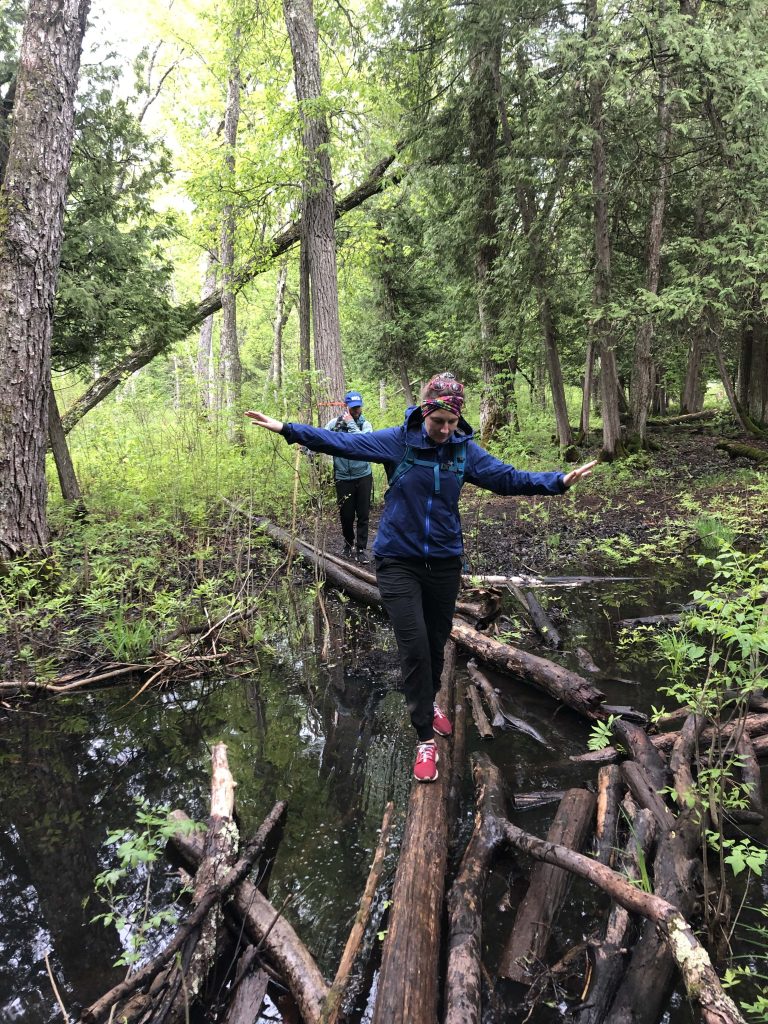






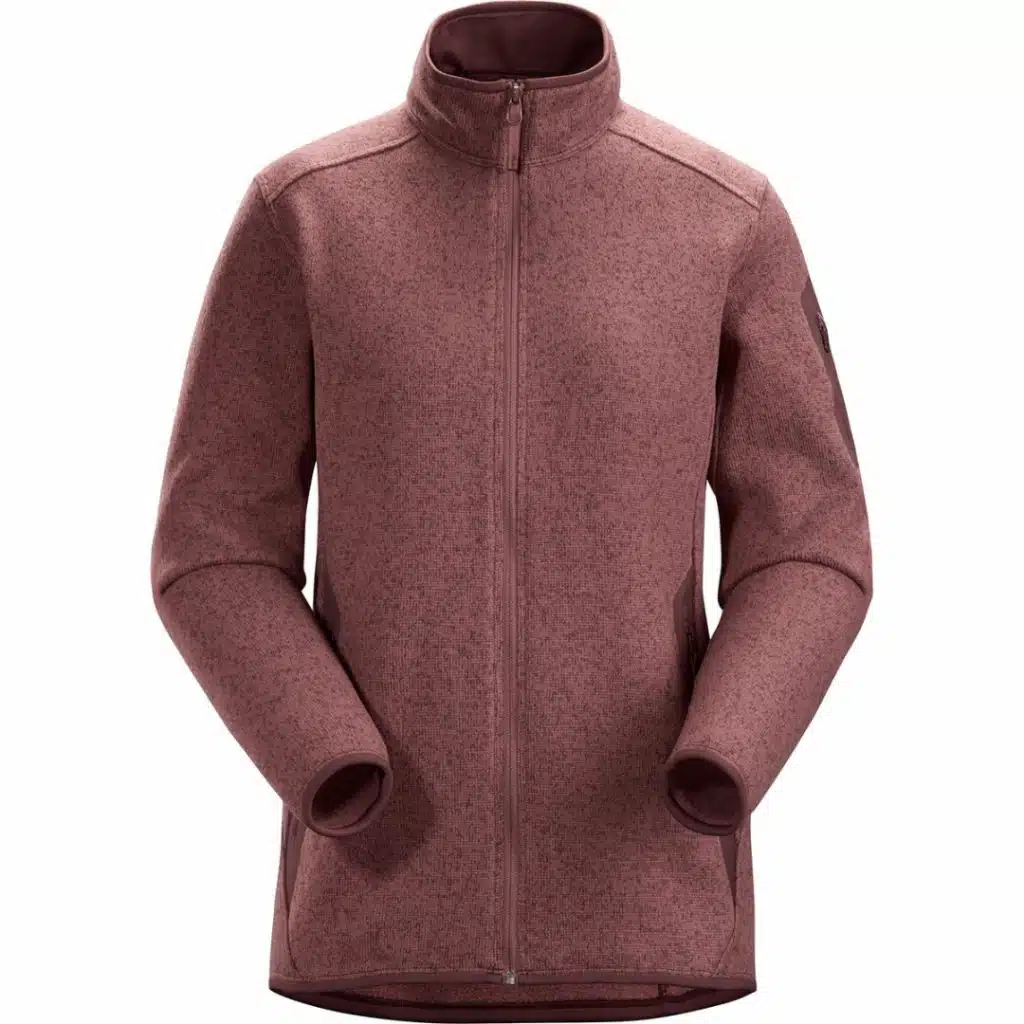
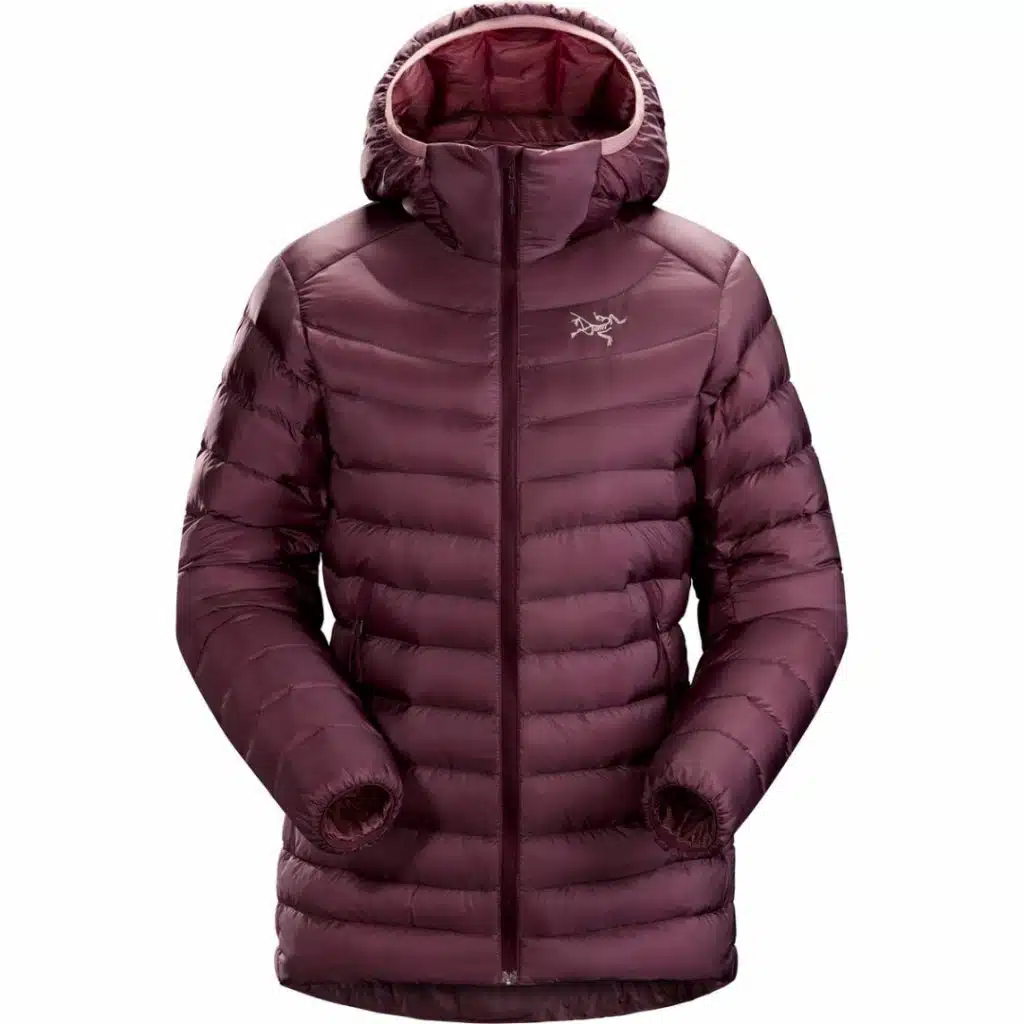
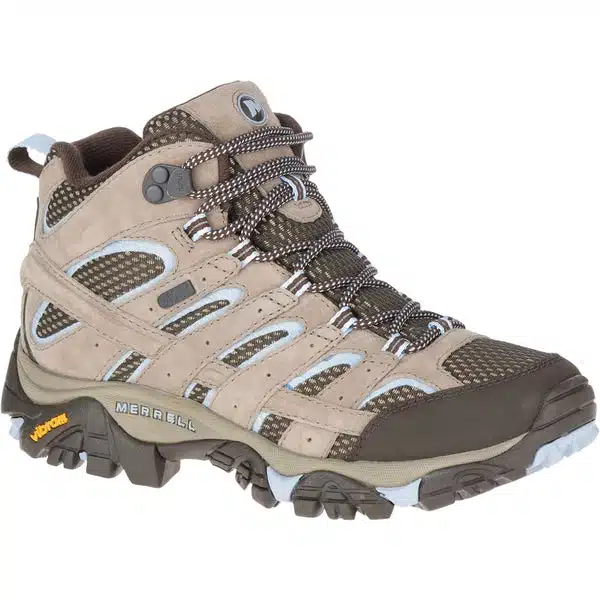
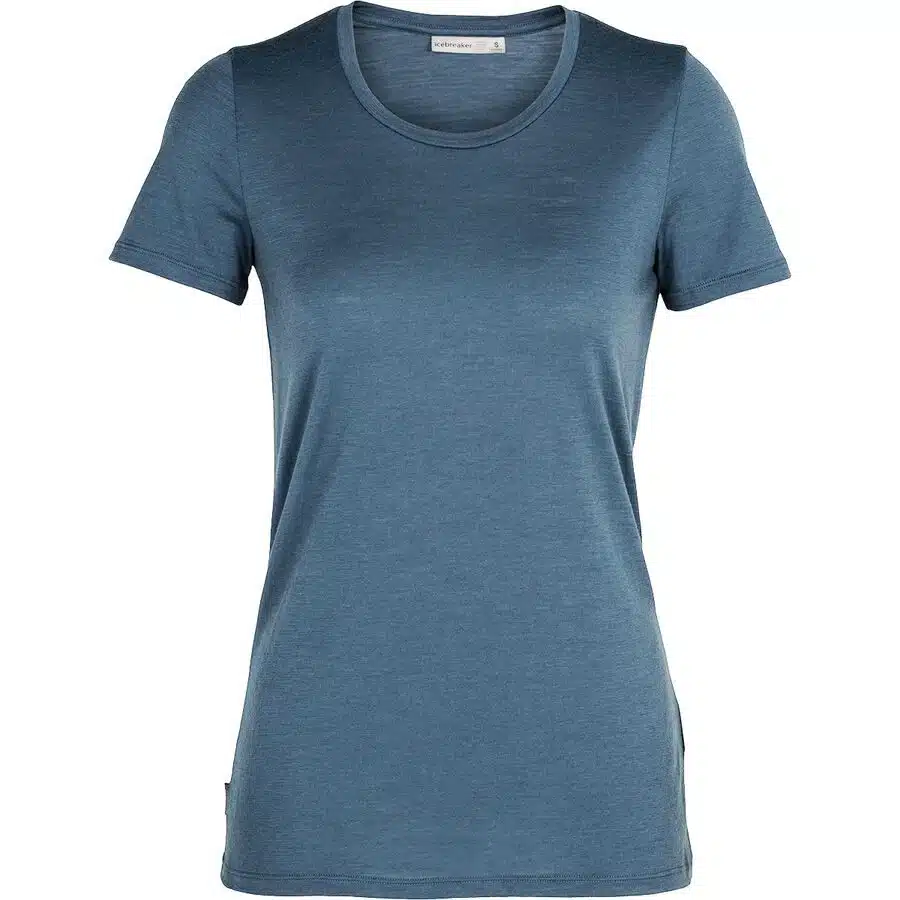
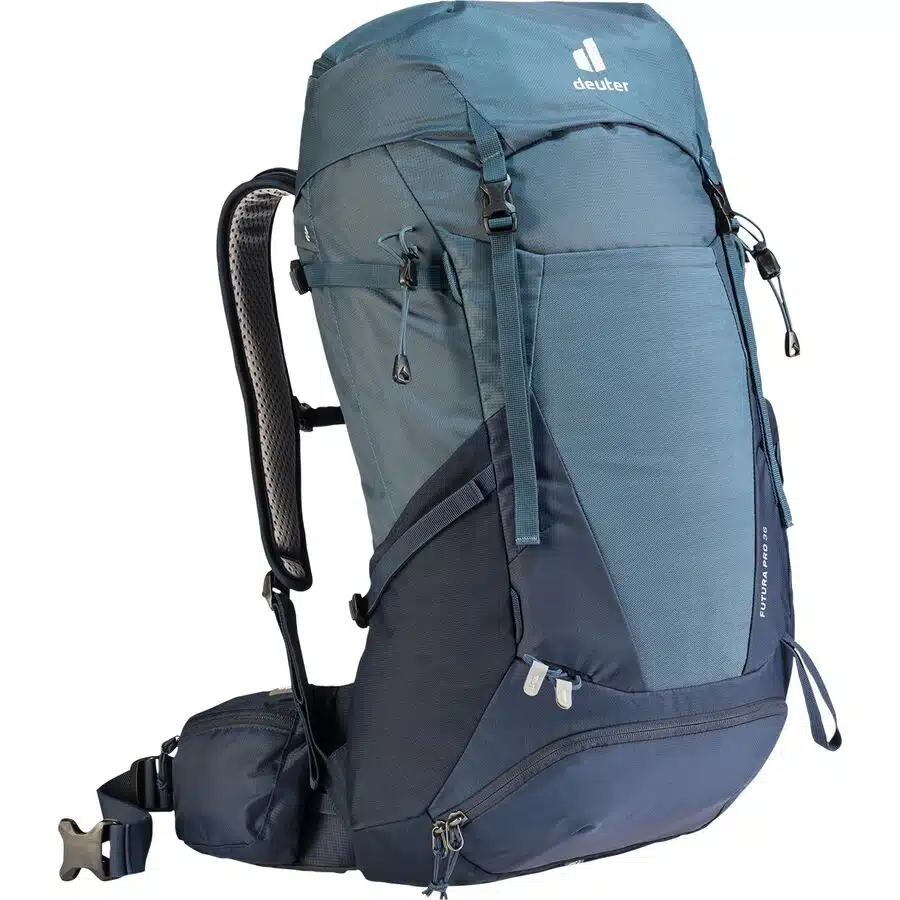
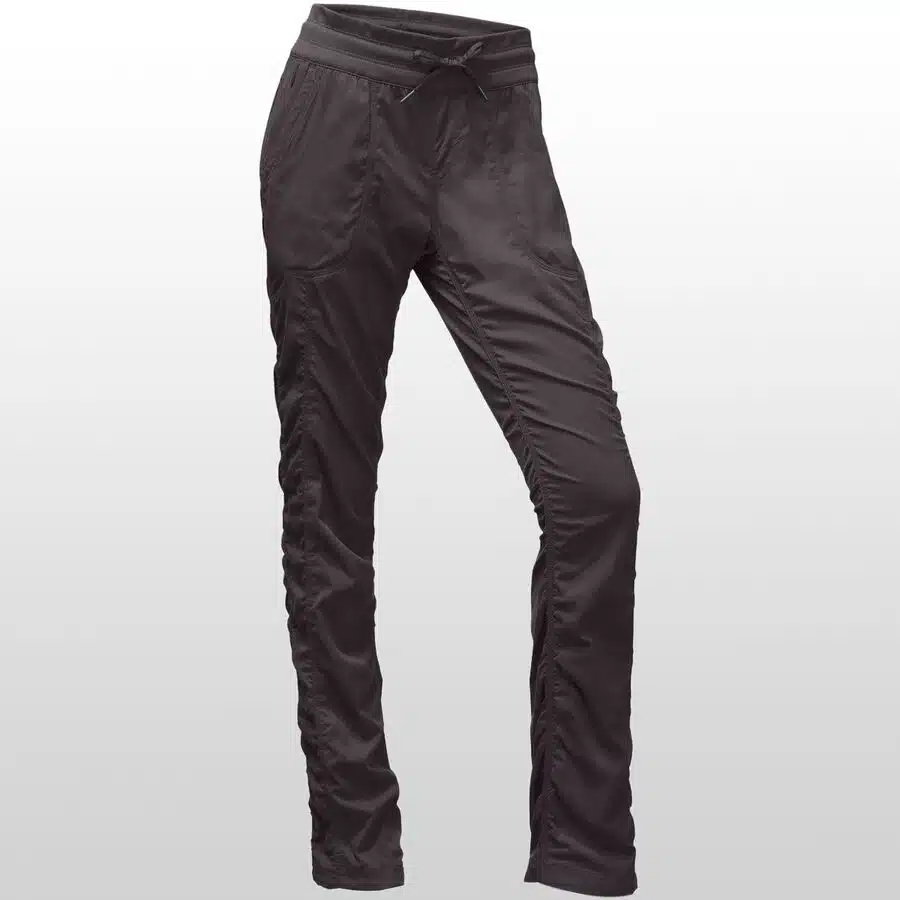
Stay in Touch
Join our community of outdoor adventurers - you'll find trip inspiration, gear discussions, route recommendations, new friends and more!
I would add that you should bring what you are willing to wear.
I will carry rain pants and refuse to put them on because I don’t want to take off my pack, unpack the pants, struggle with fitting my boots through the legs, etc. So I end up getting wet even with having the means to keep me dry available.
I have ordered a rain kilt for this year in the hopes that I will be more likely to put it on, in the event of rain. (also with the hope that it will keep me dry). We shall see.
HAHAHA I do the exact same thing with my rain pants! I wait until my hiking pants are soaked before I’ll stop paddling to put on rain pants, but by that point it’s useless!
One thing I’ve found is to also keep the rain gear in the quick stash pocket of your backpack, so you don’t have to open the bag to get at it.